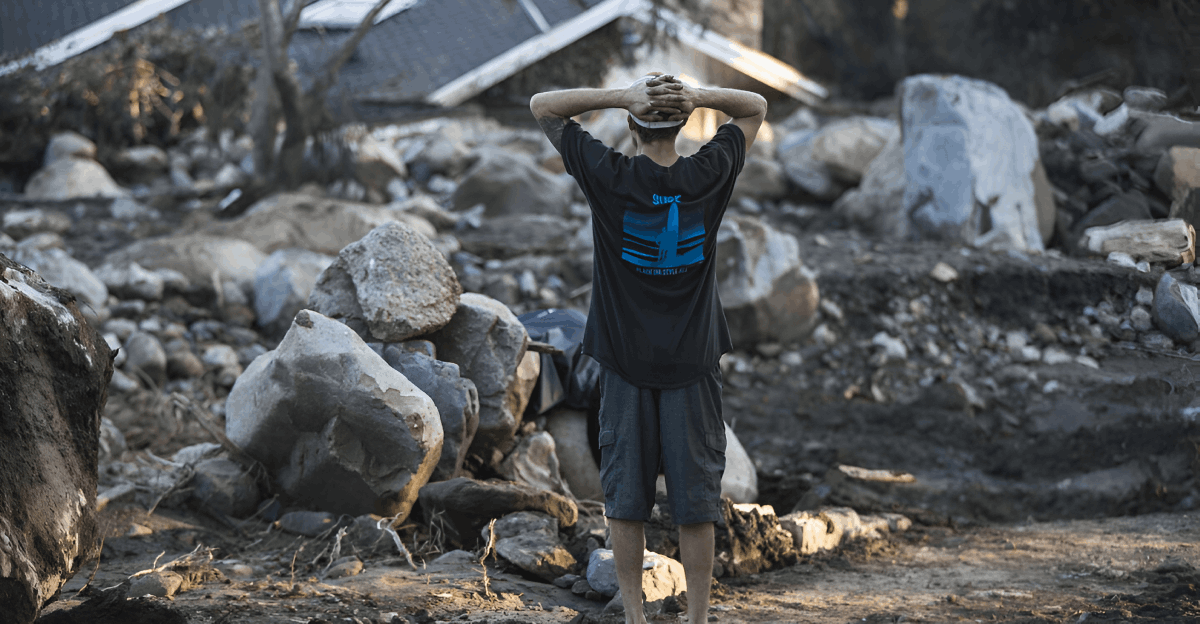
A major mudslide struck San Bernardino County overnight, causing extensive damage to roads and homes in Oak Glen, Forest Falls, and Potato Canyon.
Residents woke up to neighborhoods transformed by mud and debris, while emergency crews assessed the destruction. The phrase “No Road Anymore” has become a stark reality for the region.
Escalating Threat
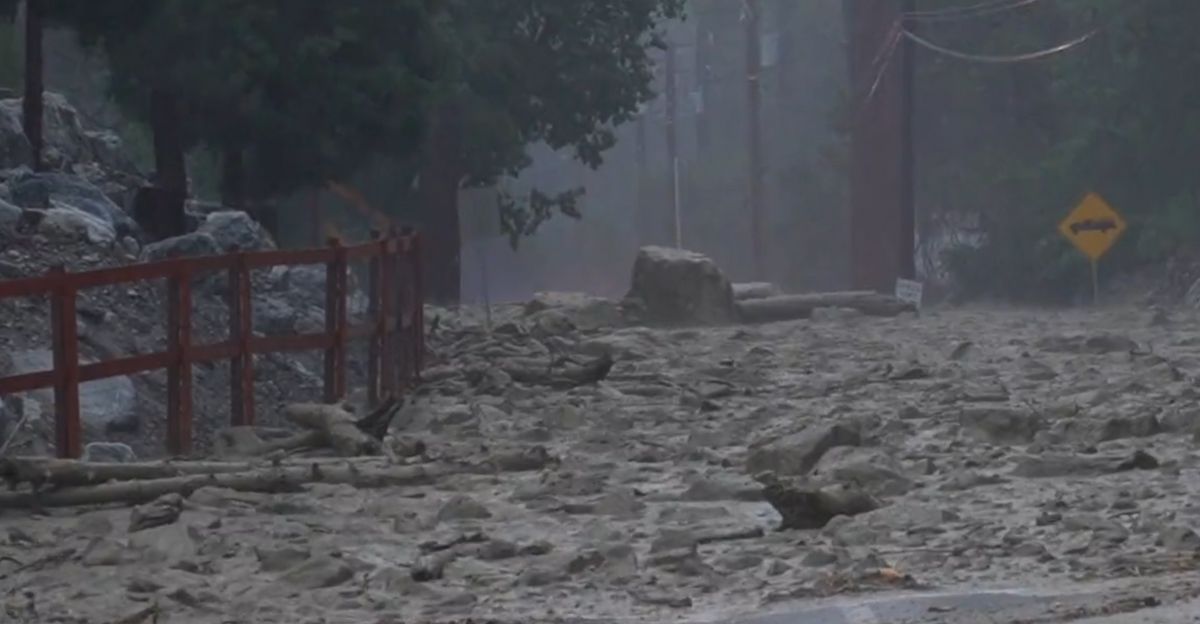
Evacuation warnings are in effect for several mountain communities as heavy rains from Tropical Storm Mario have caused flash floods and debris flows.
Local authorities warn that additional severe weather could worsen conditions, urging residents to stay informed and prepared.
Historical Vulnerability
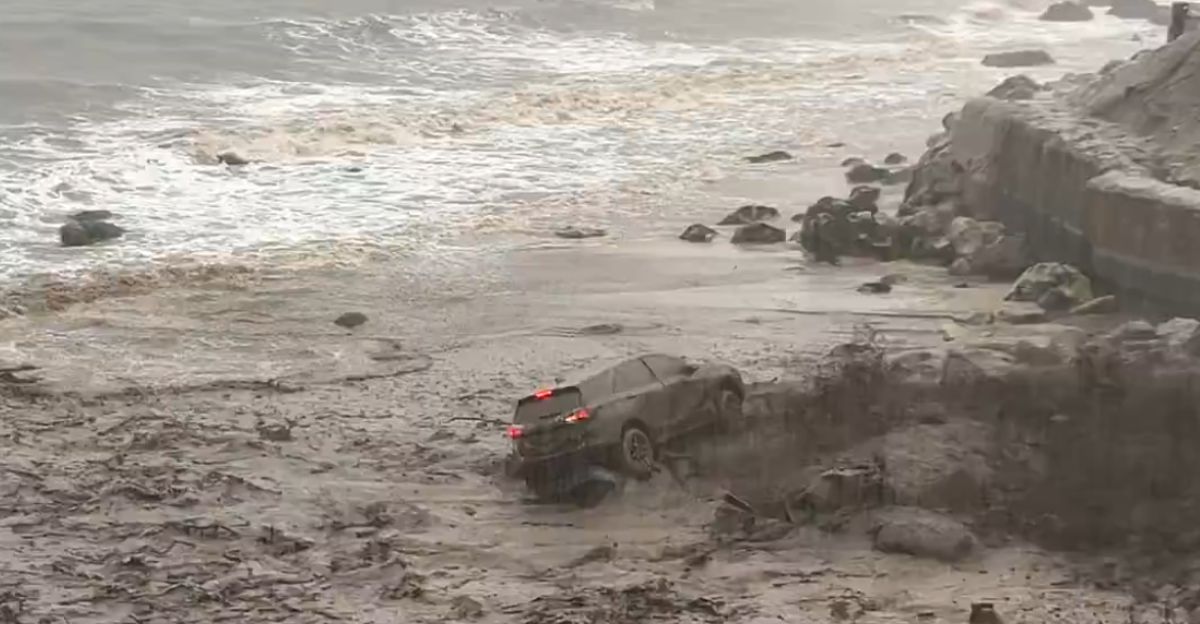
San Bernardino’s mountain towns face ongoing threats from mudslides and flash floods, exacerbated by recent wildfires that have left burn scars and reduced vegetation.
Areas like Forest Falls, Oak Glen, and Potato Canyon have experienced similar disasters, highlighting the region’s persistent risk.
Mounting Pressure
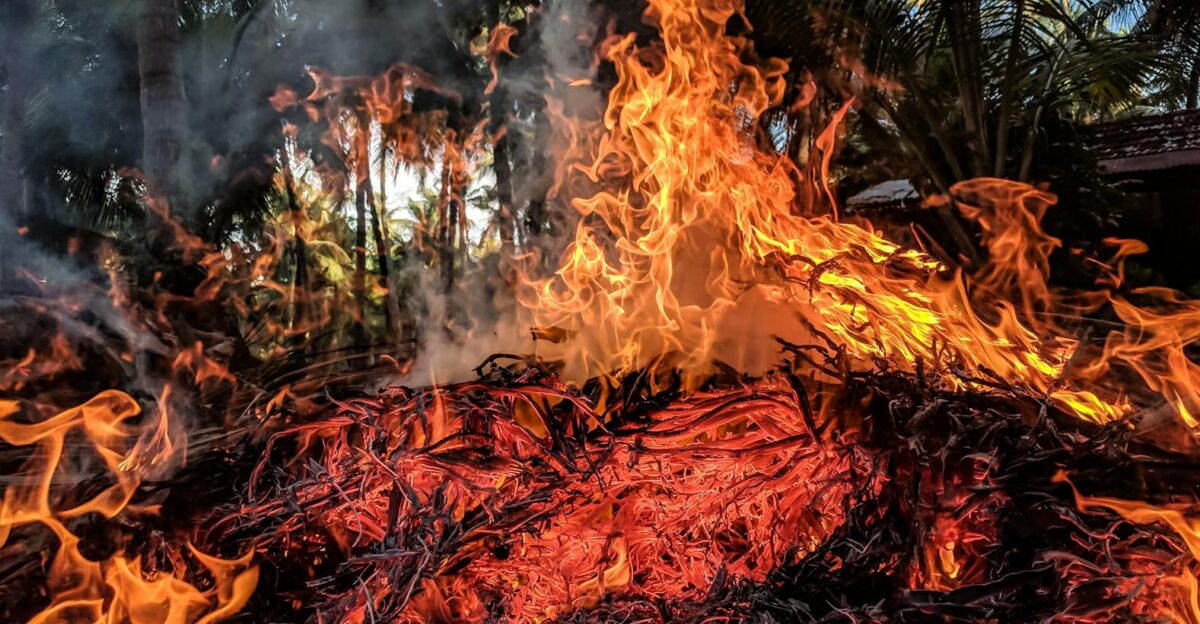
Local infrastructure has increasingly struggled with extreme weather challenges. The 2020 wildfires stripped hillsides, raising the risk of mudslides.
Efforts by residents and officials to improve roads and drainage systems are being outpaced by the frequency and severity of these weather events.
Overnight Catastrophe
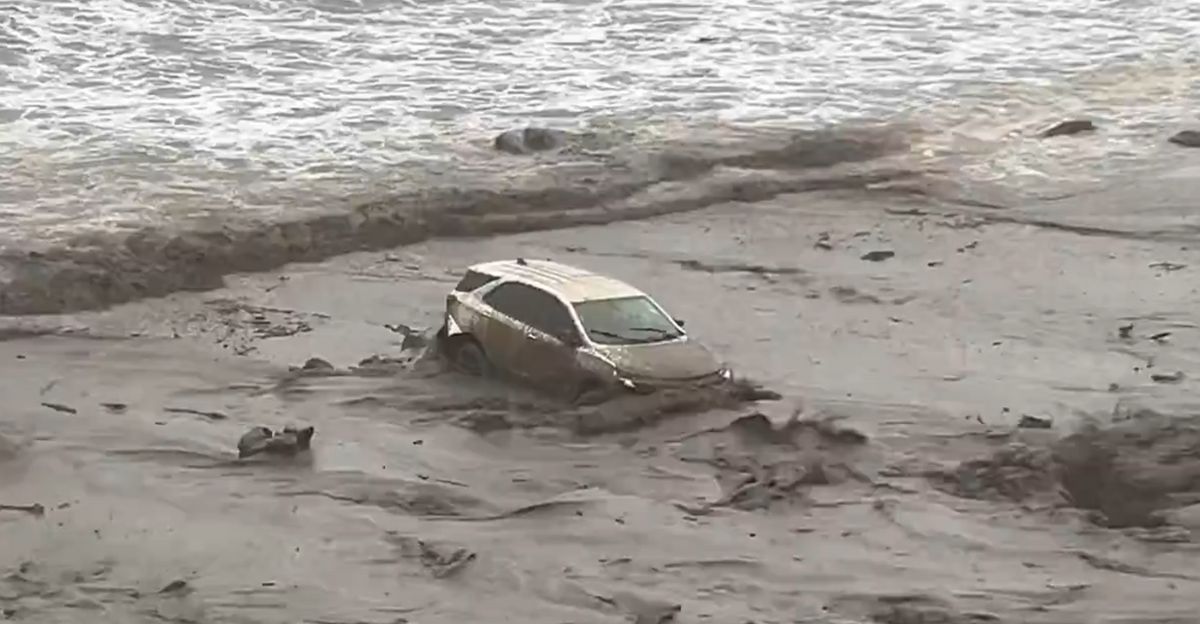
On the evening of September 18, 2025, a mudslide triggered by heavy rain affected Oak Glen, Forest Falls, and Potato Canyon.
Roads were blocked, homes sustained damage, and several drivers were trapped. The San Bernardino County Fire Department confirmed a significant impact from the event.
Regional Impact
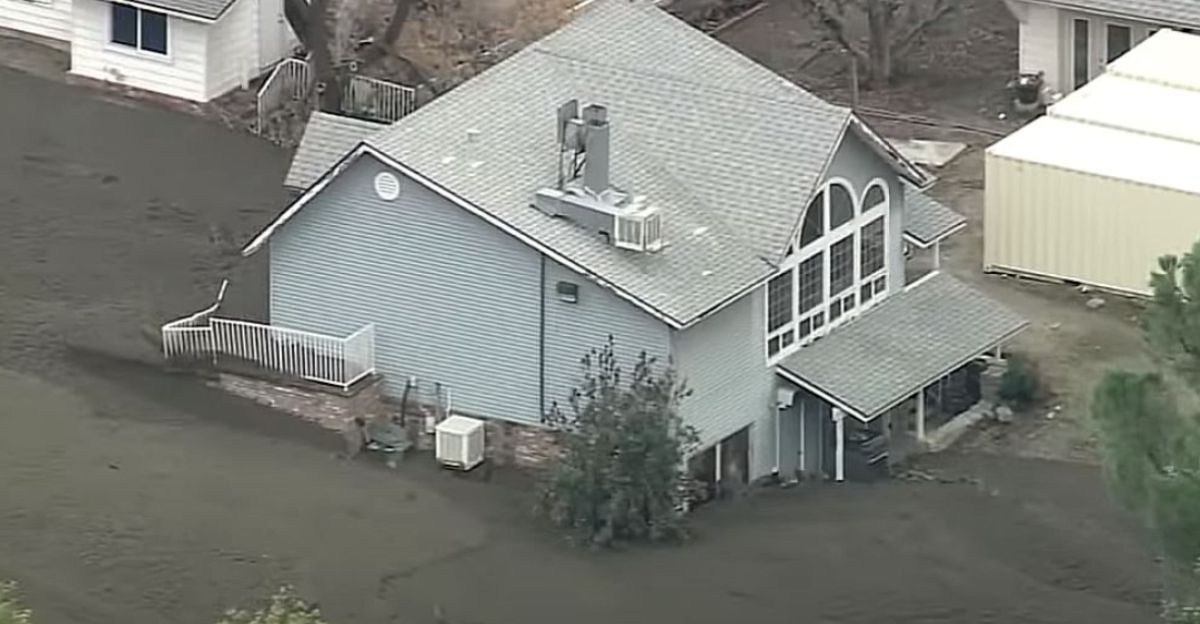
Oak Glen, Forest Falls, and Potato Canyon faced severe damage from mud and debris flows, rendering many neighborhoods inaccessible.
Emergency crews are actively clearing roads and restoring services, but the widespread destruction is complicating recovery efforts.
Devastation
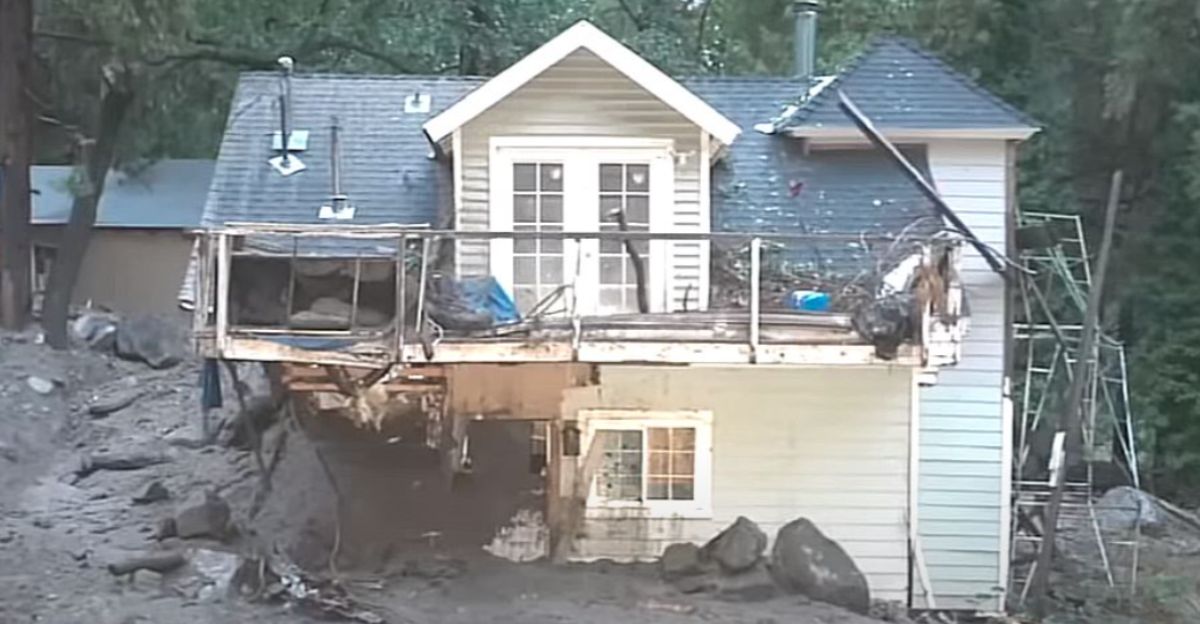
Residents have recounted their experiences of narrow escapes and the swift impact of recent flooding.
In Oak Glen, for instance, a woman tried to secure her truck from rising waters but was ultimately overwhelmed by mud and floodwaters. Upon returning to assess the situation, many families found their homes either buried or significantly damaged.
Regulatory Response
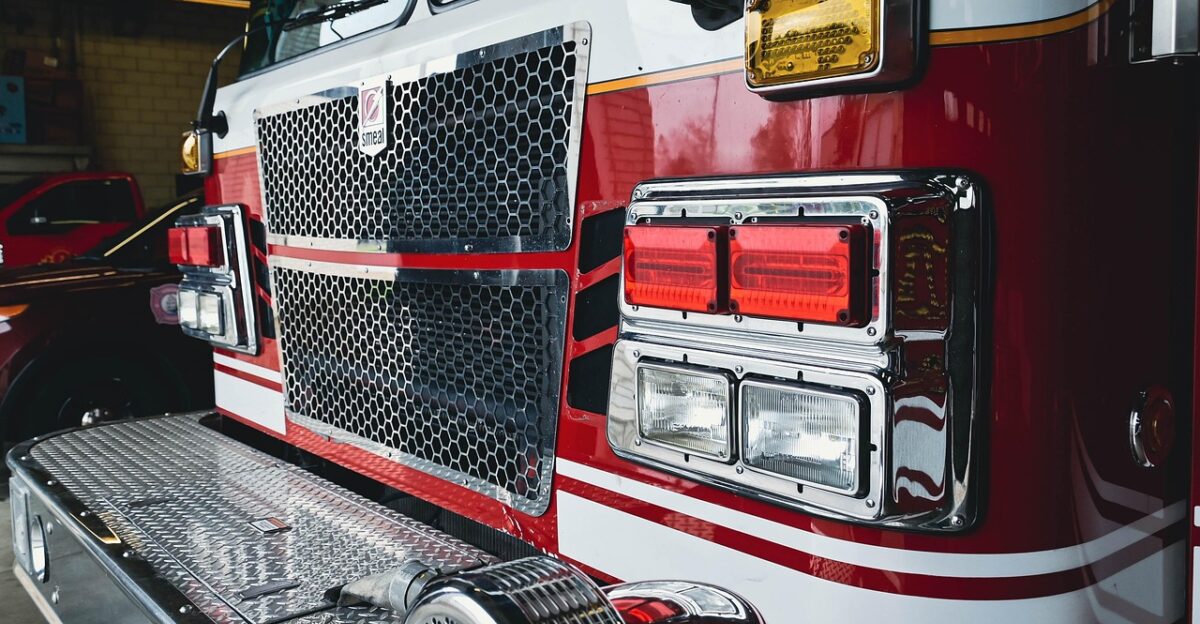
Local authorities have issued new evacuation warnings and activated emergency responses.
The San Bernardino County Sheriff’s Department and Caltrans have closed major roads like State Route 38 and rescued stranded drivers. Officials warn of ongoing risks as forecasts predict more rain.
Macro Trends
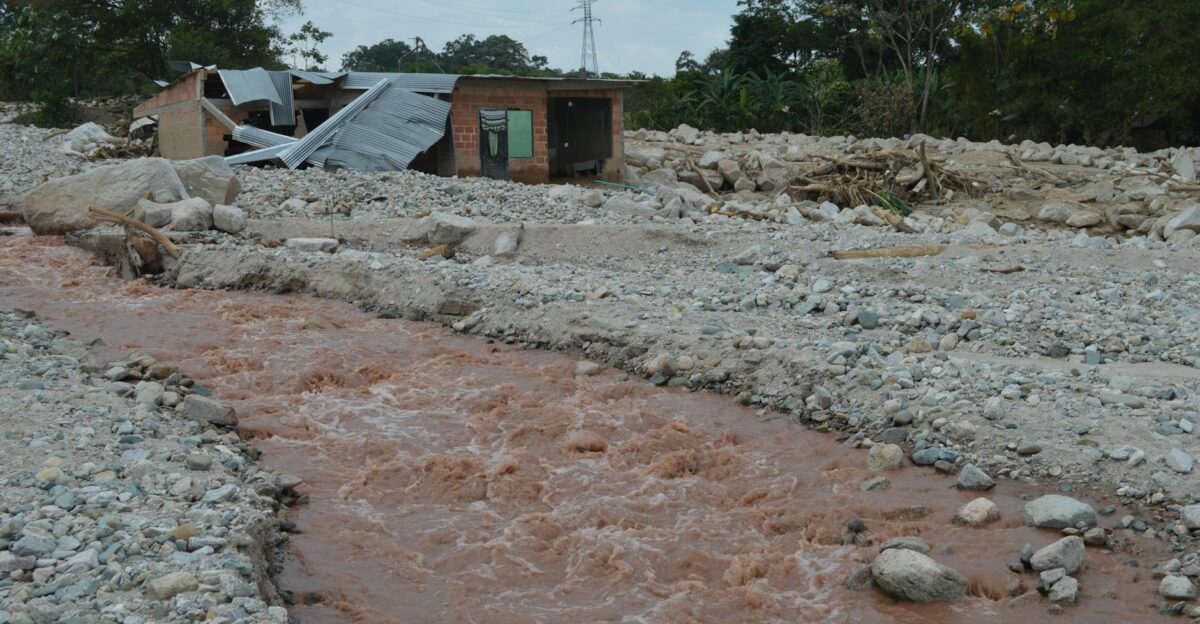
The recent disaster highlights a significant trend related to climate change, particularly the increase in extreme weather events in California.
Factors such as heightened rainfall intensity and the presence of wildfire scars have contributed to the vulnerability of mountainous areas, making them more susceptible to flash floods and mudslides. Experts caution that the frequency of these occurrences is likely to rise in the future.
Collateral Consequence
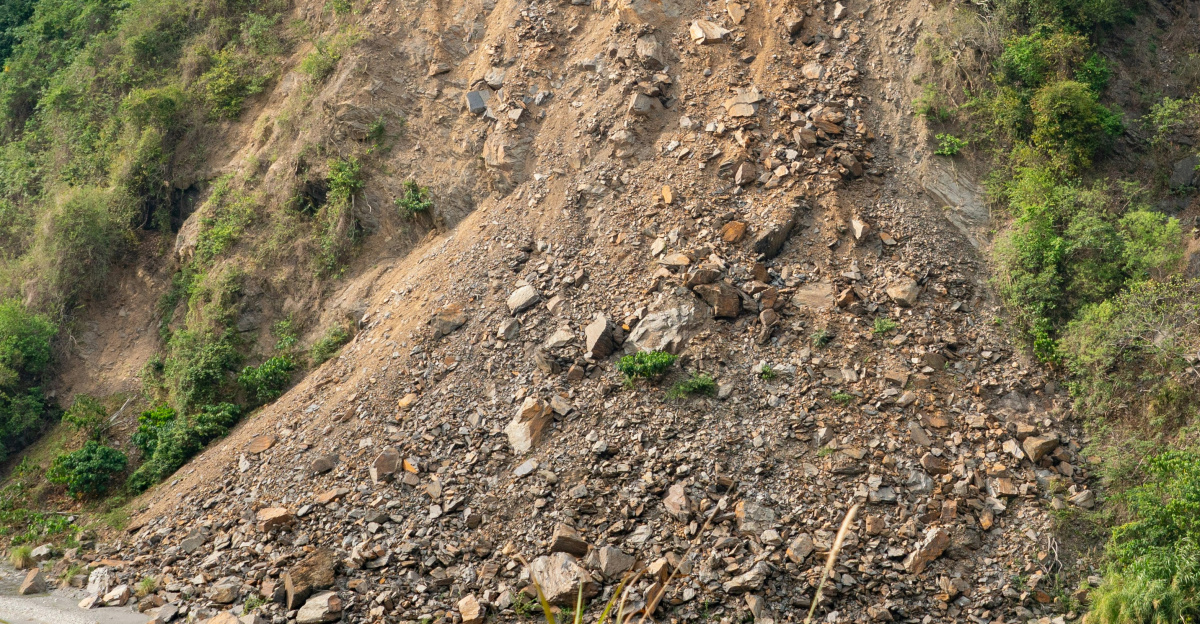
In Barstow, a tragic incident occurred as flooding resulted in the death of a two-year-old boy.
The extensive search and rescue operation lasted more than 20 hours, highlighting the severe impact of the storm that extended beyond the mountain towns.
Community Frustration
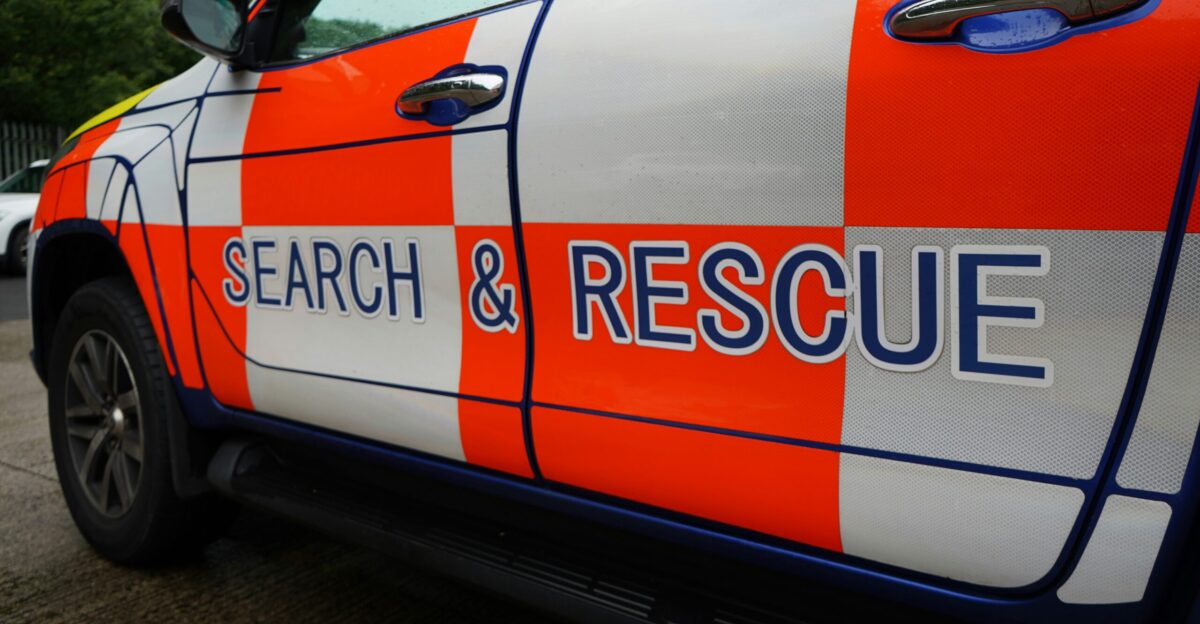
Residents expressed frustration over repeated disasters and slow recovery.
Many questioned the adequacy of local infrastructure and emergency planning, citing previous mudslides and ongoing vulnerability. Calls for improved drainage and early warning systems intensified.
Leadership Shift
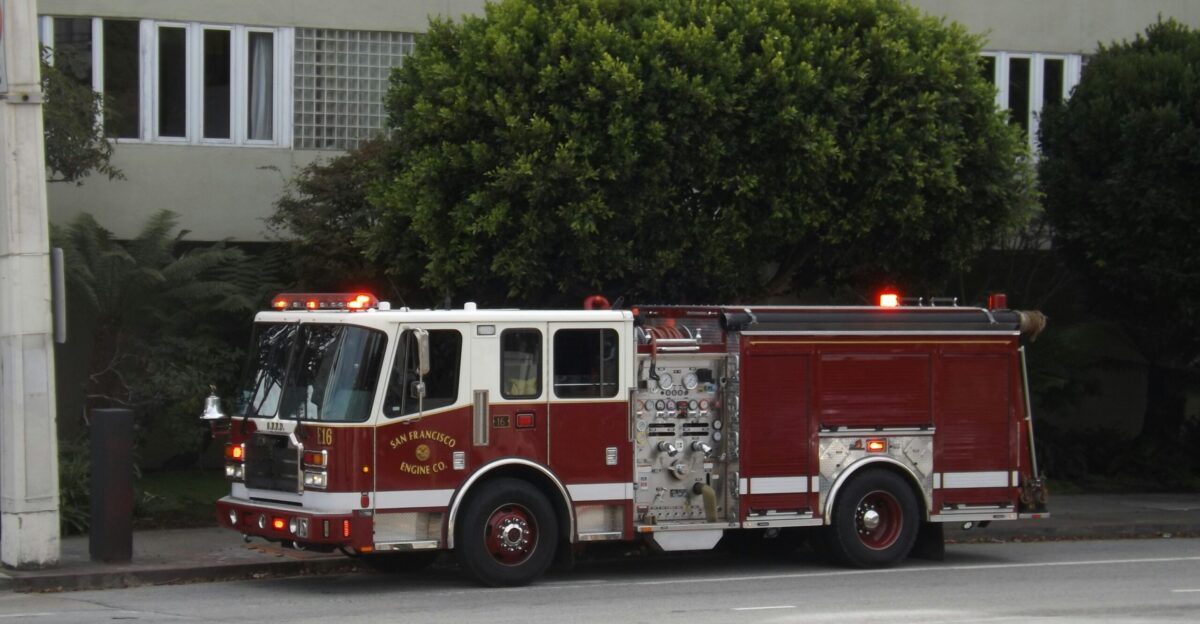
Local government and emergency agencies reevaluated their strategies.
The San Bernardino County Fire Department led damage assessments, while Caltrans and the Sheriff’s Department coordinated road closures and rescues. Leadership focused on rapid response and long-term resilience.
Recovery Efforts
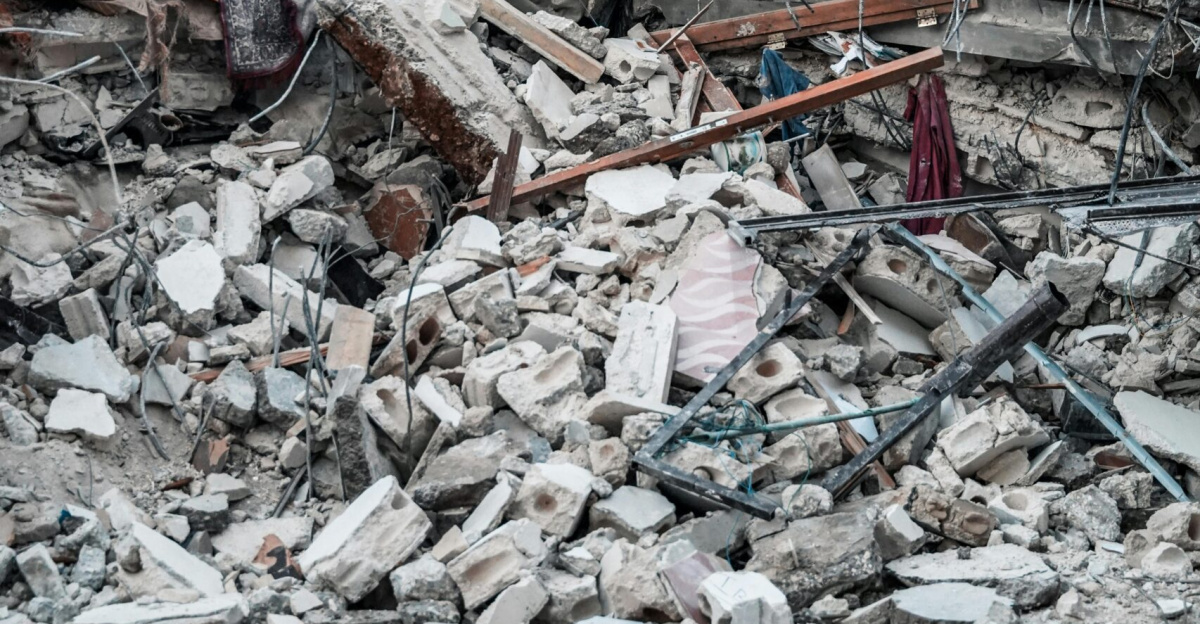
Cleanup operations began immediately, with crews working to clear debris and reopen roads.
Residents joined efforts to dig out homes and restore access. The county’s emergency response teams prioritized restoring utilities and supporting displaced families.
Expert Outlook
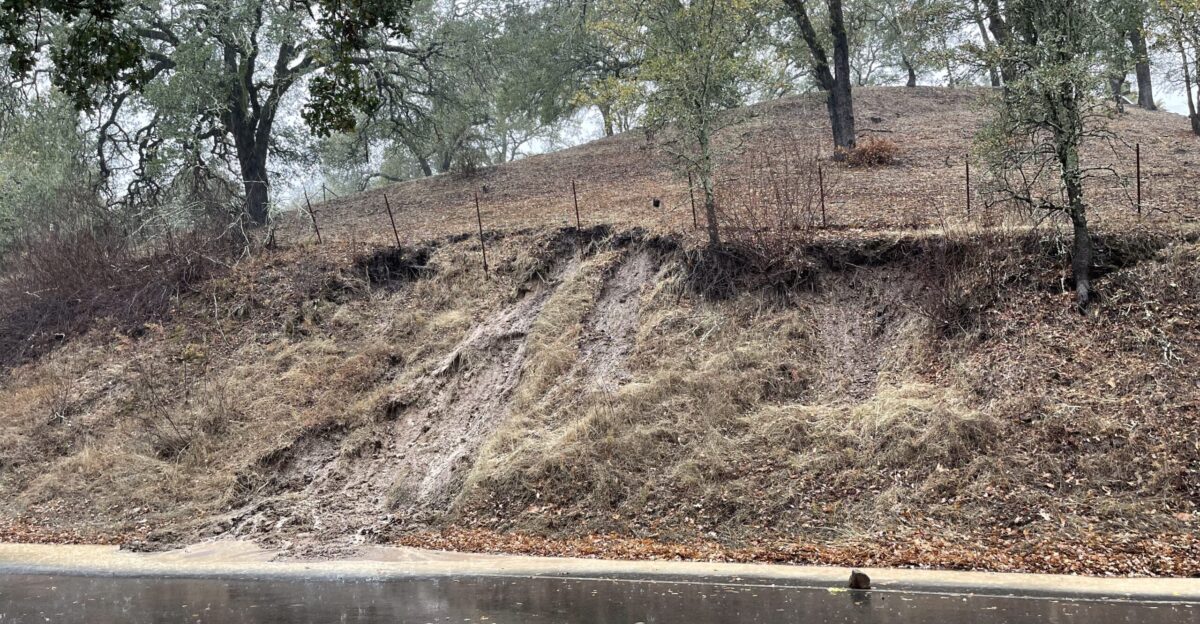
Experts remain cautious about the region’s recovery. Meteorologists warn that further rain could trigger additional mudslides, while engineers assess the stability of affected slopes.
The National Weather Service continues to monitor conditions and issue alerts.
Looking Forward
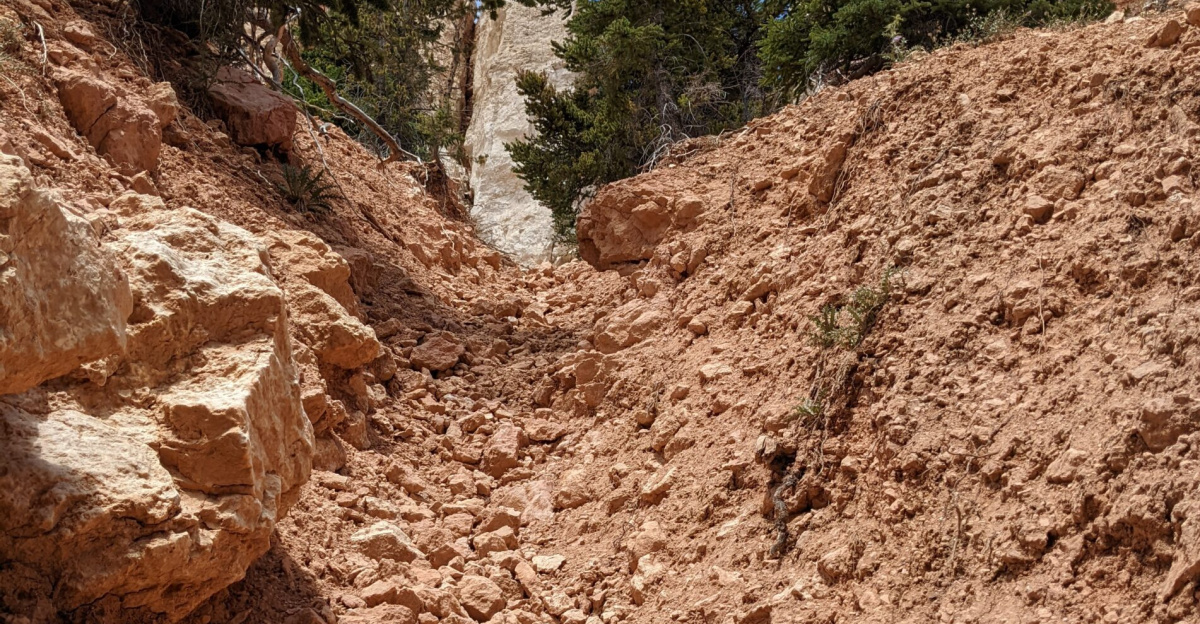
The disaster raises urgent questions about future preparedness. Will local governments invest in stronger infrastructure and early warning systems?
Residents and officials are considering new strategies to mitigate risk and protect vulnerable communities.
Policy Implications
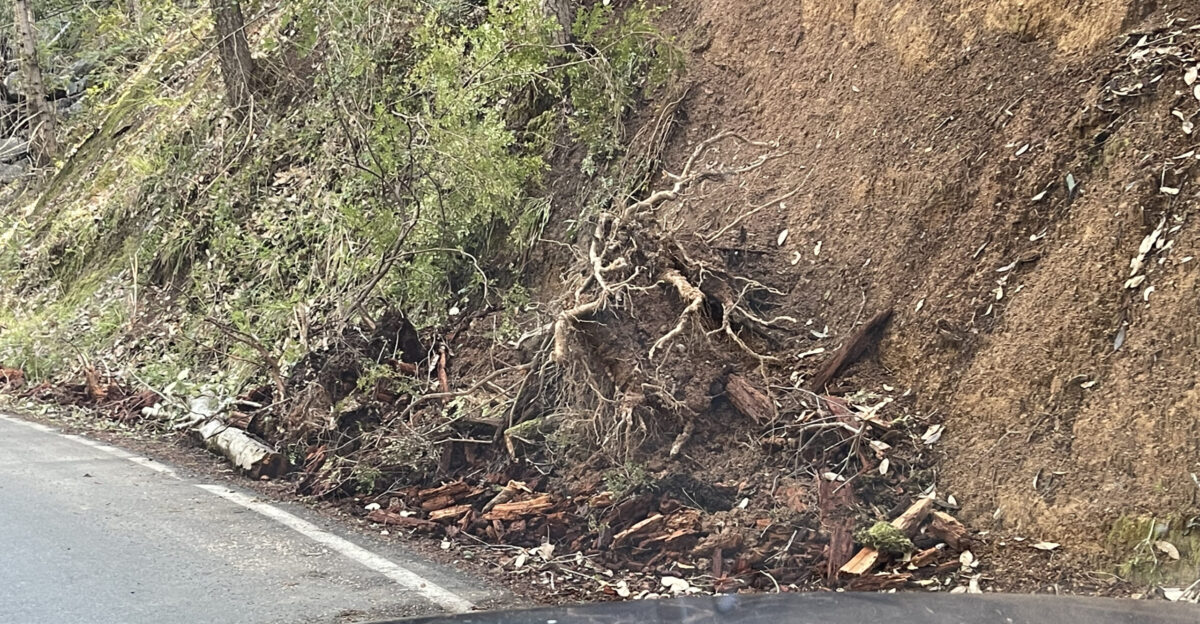
The mudslide highlights gaps in regional policy. Calls for increased funding for disaster mitigation and climate adaptation are growing.
Lawmakers may face pressure to prioritize mountain community safety in future budgets and planning.
International Ripple
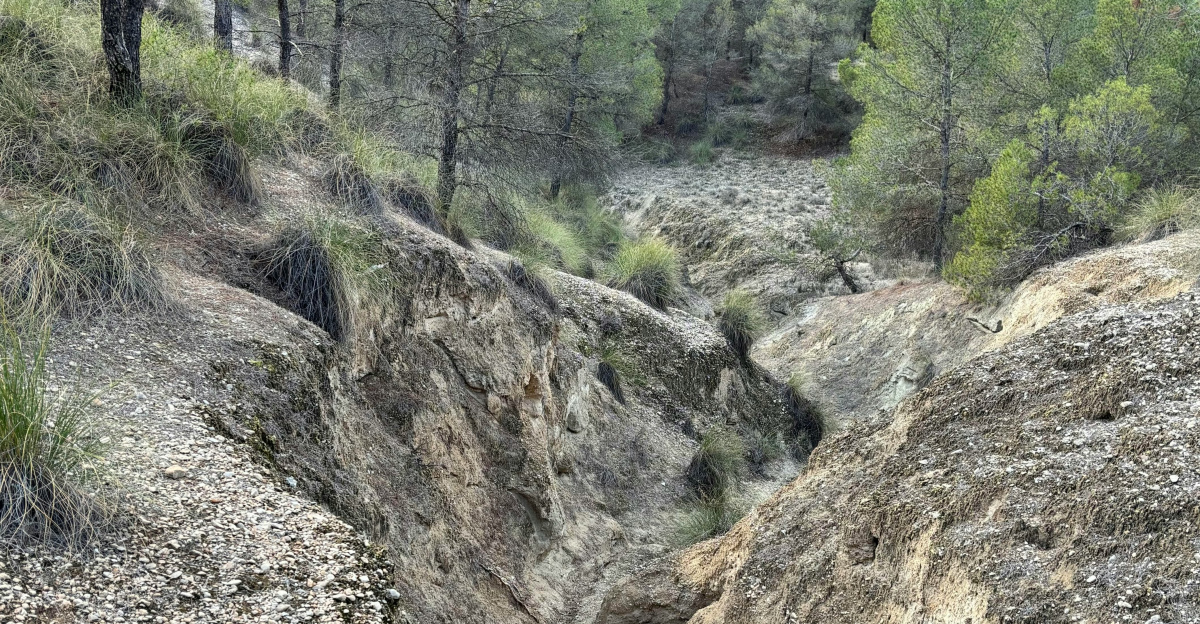
California’s experience resonates globally, as other regions face similar threats from climate-driven disasters.
International experts monitor the state’s response and seek lessons for managing mudslides and flash floods in vulnerable areas worldwide.
Environmental Angle
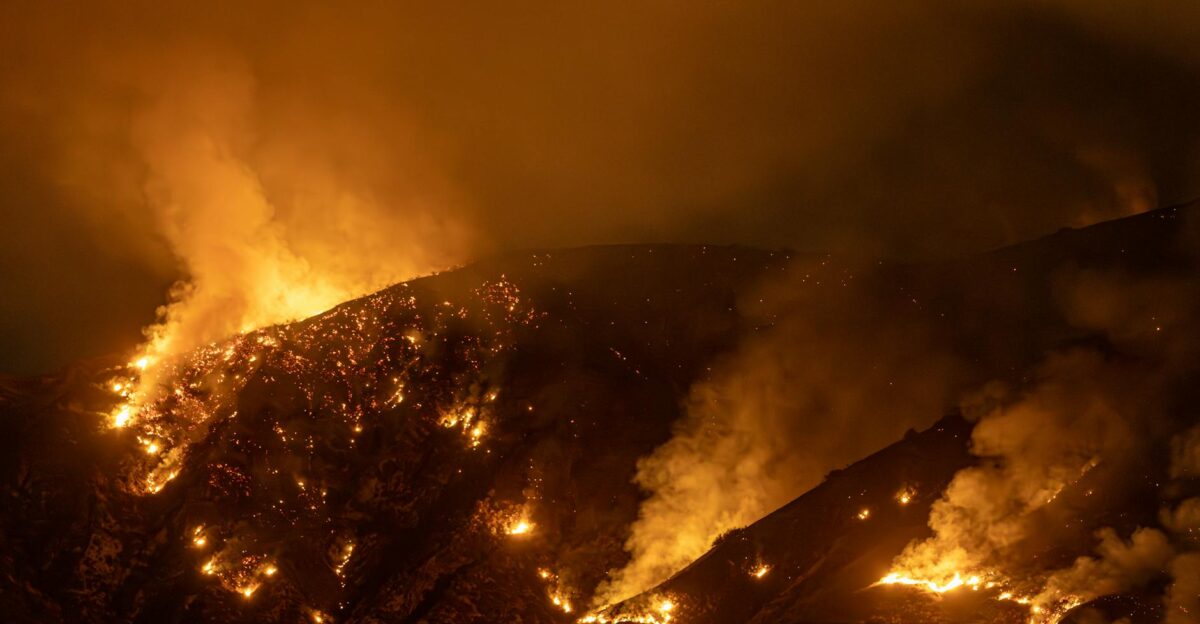
Environmentalists point to the role of wildfire scars in exacerbating mudslide risk.
The loss of vegetation after the El Dorado Fire exposed hillsides, making them prone to debris flows during heavy rain. Restoration efforts may be key to future resilience.
Cultural Shifts
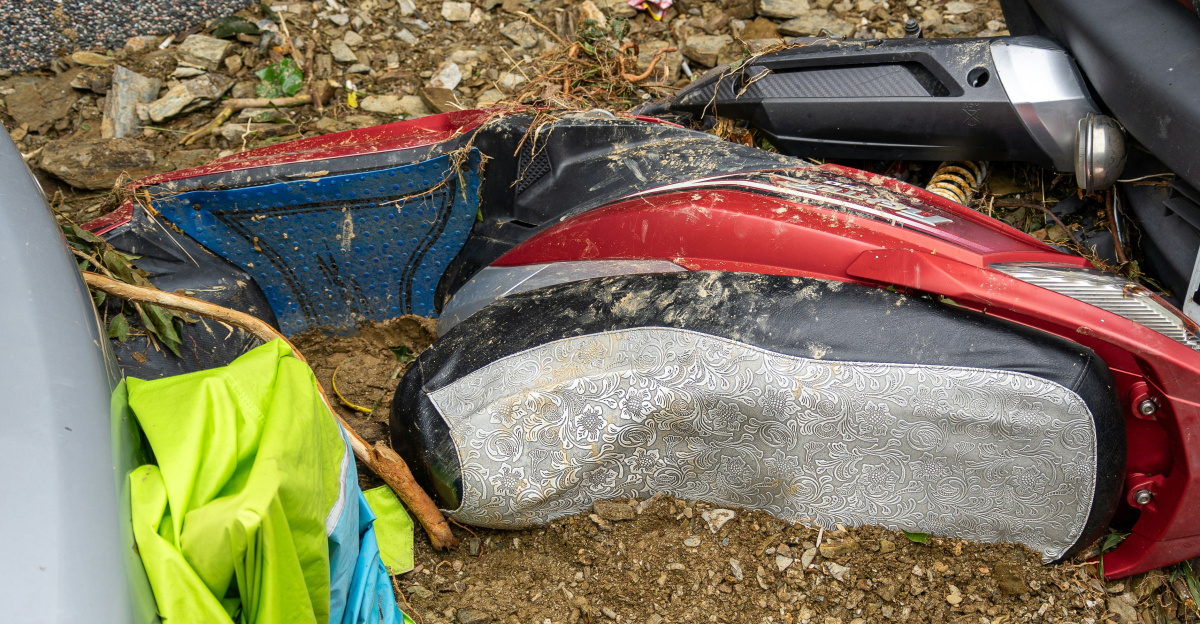
Repeated disasters are changing local culture and norms. Residents are adapting to new realities, investing in flood insurance, and participating in community preparedness drills.
The sense of vulnerability is reshaping attitudes toward climate risk.
Broader Reflection
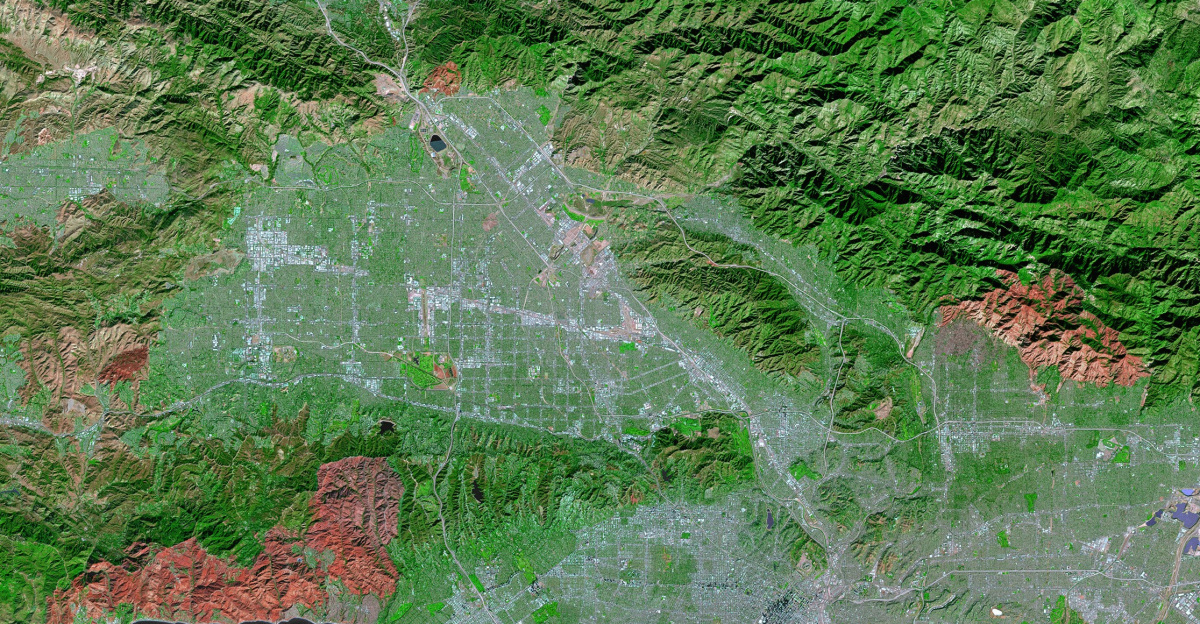
The San Bernardino mudslide signals a turning point for California’s mountain communities.
As climate risks intensify, the need for robust infrastructure, policy reform, and community resilience becomes increasingly urgent. The story is a warning—and a call to action.